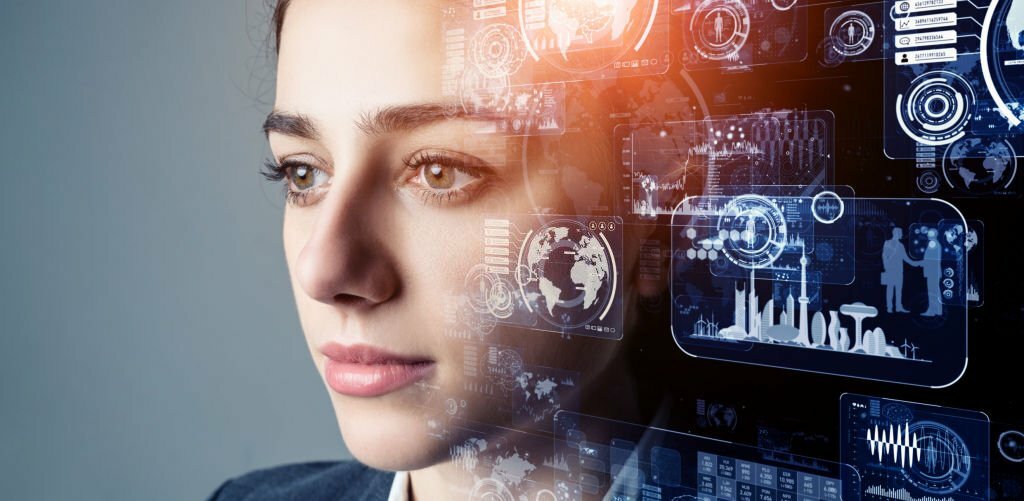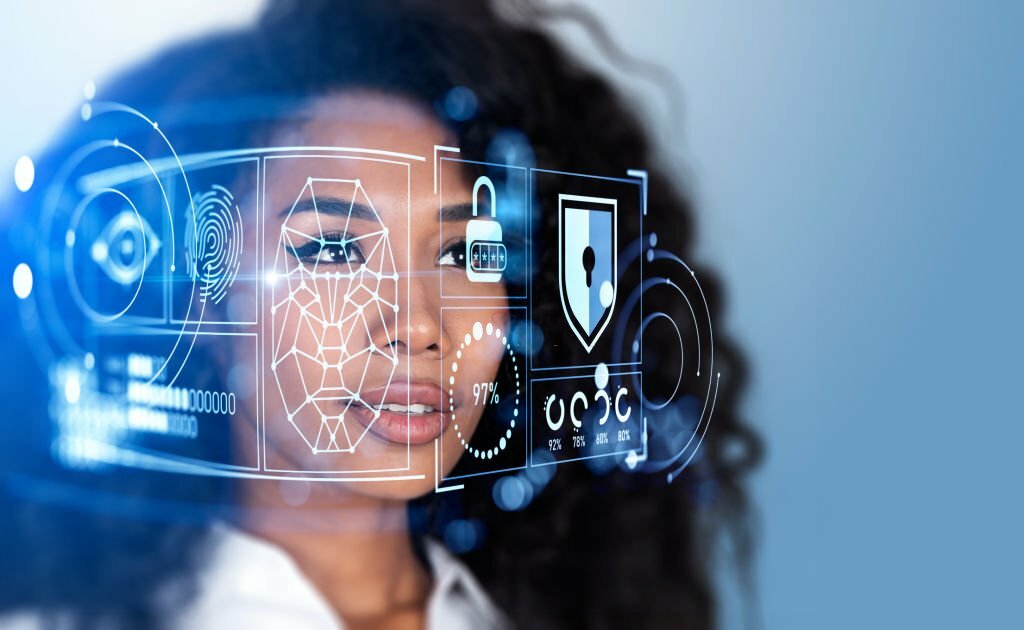
Facial recognition technology has become increasingly prevalent in various sectors, and education is no exception. The integration of facial recognition software in educational institutions has raised both excitement and concerns. This article explores the use of facial recognition in education, examining its potential benefits and addressing the ethical and privacy considerations associated with its implementation.
Understanding Facial Recognition in Education

Facial recognition software utilizes biometric data to identify and verify individuals based on their facial features. In the education sector, this technology is applied in multiple ways, such as attendance tracking, security enhancement, and personalized learning experiences.
Attendance Tracking
One of the primary applications of facial recognition in education is automating attendance tracking. Traditional methods like manual roll calls or card swipes are time-consuming and prone to errors. Facial recognition streamlines this process, allowing for efficient and accurate attendance management. Students can simply walk into a classroom, and the system registers their presence, saving valuable instructional time.
Security Enhancement
Facial recognition technology also contributes to enhancing security on school campuses. By integrating facial recognition systems with access control systems, educational institutions can regulate entry to buildings, ensuring only authorized individuals gain access. This can be particularly crucial in preventing unauthorized access to sensitive areas or protecting students from potential security threats.
Personalized Learning Experiences
In the realm of personalized education, facial recognition can be employed to analyze students’ facial expressions and engagement levels during classes. This data can then be used to tailor teaching approaches, identifying areas where students may be struggling or disengaged. By providing educators with insights into students’ reactions and attentiveness, facial recognition contributes to creating more adaptive and effective learning environments.
The Benefits of Facial Recognition in Education

Time and Resource Efficiency
One of the significant advantages of facial recognition in education is its ability to streamline administrative processes. Automated attendance tracking, for instance, eliminates the need for manual record-keeping, freeing up time for educators to focus on teaching rather than administrative tasks. This efficiency translates into more productive use of resources and improved overall operational effectiveness. However, a more indepth LEED analysis will need to be done to establish the overall cost benefit of the electrician hours and hardware that needs to be installed to define exactly how much of a cost/resource savings it will actually be.
Enhanced Security Measures
In an era where security concerns in educational institutions are on the rise, facial recognition provides a robust solution for maintaining a secure environment. By accurately identifying individuals entering school premises, the technology helps prevent unauthorized access and contributes to a safer learning environment.
Personalized Learning Opportunities
Facial recognition’s application in analyzing student engagement opens the door to personalized learning experiences. Educators can gain valuable insights into each student’s learning style, adaptability, and emotional responses. This information can be utilized to tailor instructional strategies, making education more student-centric and addressing individual needs.
Ethical and Privacy Considerations

While the potential benefits of facial recognition in education are noteworthy, it is essential to address the ethical and privacy concerns associated with its implementation.
Privacy Concerns
Facial recognition involves the collection and processing of sensitive biometric data. This raises concerns about the privacy of students and staff, as the misuse or unauthorized access to this data could have serious implications. Educational institutions must establish robust policies and safeguards to protect the privacy of individuals whose biometric information is being captured.
Consent and Transparency
Obtaining informed consent from students, parents, and staff is crucial when implementing facial recognition technology. Individuals should be aware of how their biometric data will be used, stored, and protected. Educational institutions must be transparent about the purposes and implications of facial recognition, fostering trust among the stakeholders.
Bias and Accuracy
Facial recognition systems have been criticized for exhibiting biases, particularly concerning gender and racial groups. If not properly calibrated, these systems can contribute to discriminatory outcomes. Educational institutions must ensure that facial recognition algorithms are regularly audited and adjusted to minimize bias and improve accuracy, preventing unfair treatment or misidentification of individuals.
Conclusion
Facial recognition software in education holds great promise, offering benefits such as improved efficiency, enhanced security, and personalized learning experiences. However, it is crucial for educational institutions to approach its implementation with careful consideration of ethical and privacy concerns. Establishing clear policies, obtaining informed consent, and regularly auditing systems for bias are essential steps in harnessing the potential of facial recognition technology while safeguarding the rights and privacy of students and staff. Striking a balance between innovation and ethical considerations is key to ensuring that facial recognition contributes positively to the educational landscape.